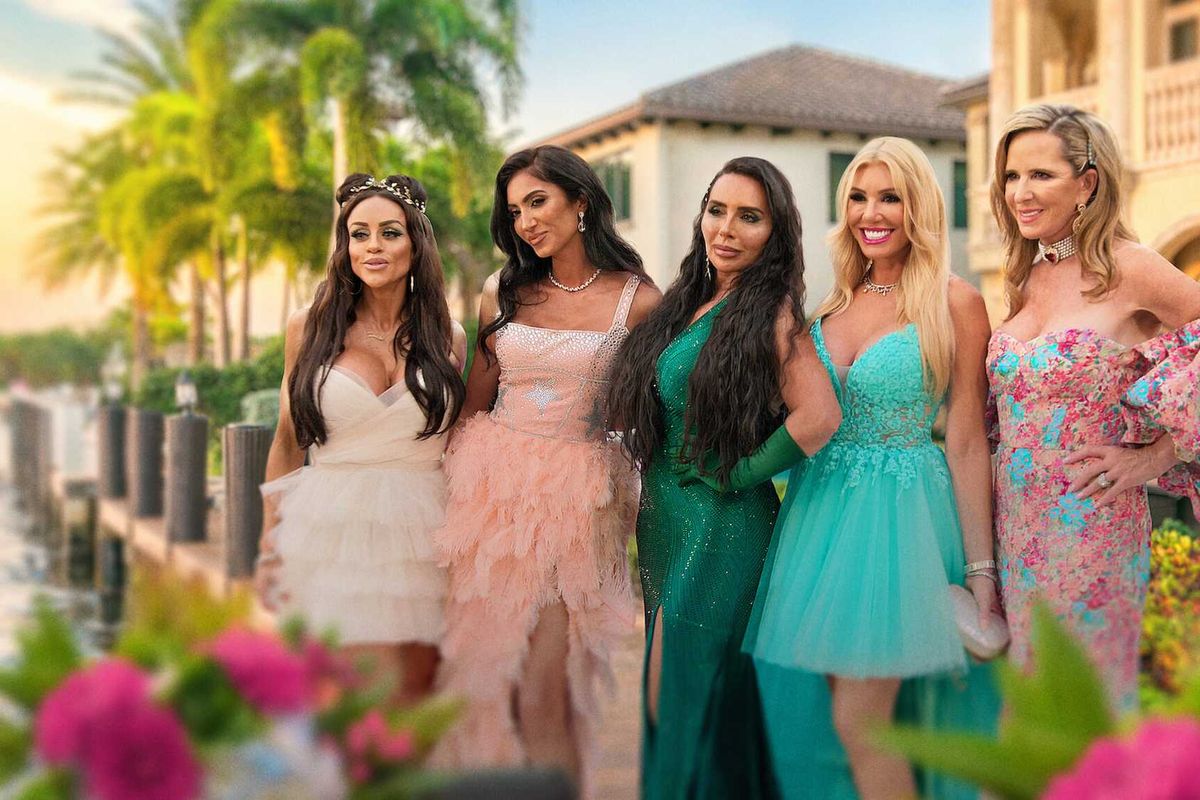News
Evie Breese
Jun 22, 2020

Marc Finch
Use this brilliant illustration to teach yourself how to sign Black Lives Matter in American sign language, because deaf people are very much a part of the movement too.
But some people noticed that in the illustration of a black child signing, the first hand movement is slightly different.
@zacharyxjames @clownmail The Black kids hand seems to be doing something different does it have a meaning or is it just a variation?— mishi ∞ he/they - él/elle (@mishi ∞ he/they - él/elle) 1592783595
@hasaikotsu_ Black Americans have their own dialect of ASL called BASL OR BSV due to segregation of schools in the south.— Lenore Hate Page (They/He/Ae/She) (@Lenore Hate Page (They/He/Ae/She)) 1592784211
This is because Black American Sign Language or Black Sign Variation is a dialect of American Sign Language (ASL) used by deaf African Americans. When schools Southern states were segregated, sign language developed along different lines among the two communities of deaf signers.
In a Youtube video for the Los Angeles Times, ASL interpreter Rorri Burton explains that traditionally there have been two different signs for the colour white, and for white people. Yet there is only one sign for "black" whether this refers to people or a crayon colour. This is why the sign for "black" in Black Lives Matter, is different when signed by a black person as opposed to a white person.
Burton became aware of this issue in ASL around five years ago, and was part of the conversation that decided on a sign for black people to use to refer to themselves “out of respect to the black culture, out of respect to the struggle.”
And people are so ready to learn.
@zacharyxjames @Georgina_Smith7 This is the first sign language I’ve learnt and I absolutely love it.— Anna boo🍓 (@Anna boo🍓) 1592779076
@zacharyxjames This is my new greeting— petite piment🇨🇲🌶 (@petite piment🇨🇲🌶) 1592801805
Burton goes on to say:
Deaf people are a part of this revolution also. And so that intersectionality causes them to miss out on a lot of what’s going on, but it’s very important what’s going on. Deaf people want to be involved in this.
In the video Burton also demonstrates how to sign “no justice, no peace” and “your knee on my neck.”
She goes on to explain that she has only ever met ten other black interpreters in any city, and why this under-representation among ASL interpreters is damaging.
Deafness is not a white disability. It is not a white culture. So when you have an event like what’s going on at the moment, with the revolution, with the protesting, with Black Lives Matter, and it’s only coming through a white voice, it lacks that power, it lacks that cultural nuance, it lacks the complexities that someone who’s black would be able to bring to the table.
Get practicing, everyone.
Top 100
The Conversation (0)













